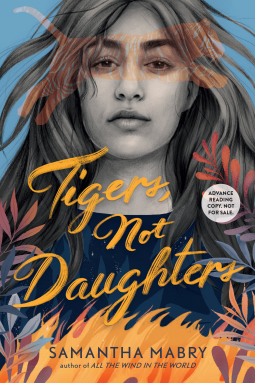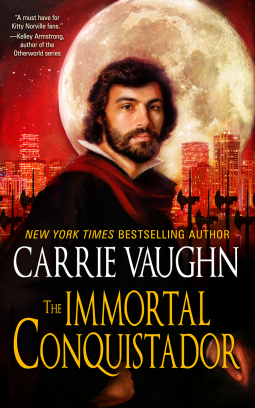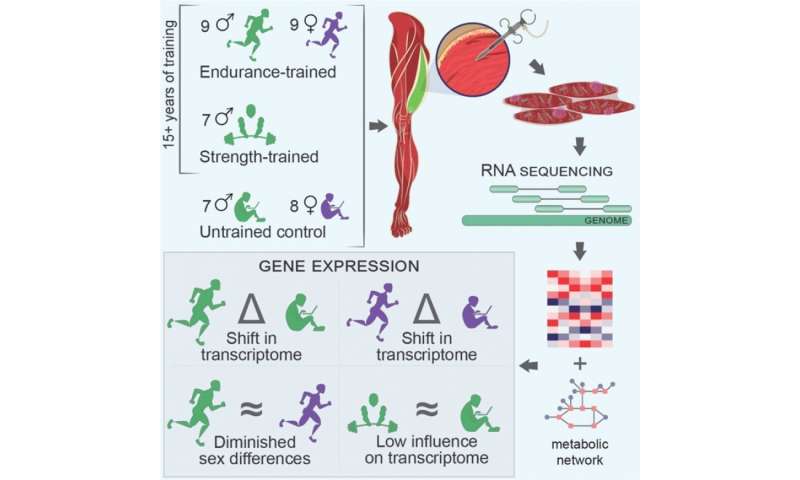Race the Sands, by Sarah Beth Durst (Harper Voyager)
I loved this world,
in which Becar, a precarious desert kingdom, politics are based on karmic
“readings” by Muses of a person’s past lives. The stressed, disenfranchised
populace is distracted by races involving vicious, mindlessly destructive
chimeric monsters called kehoks, the reincarnated souls of those so evil and
depraved as to be beyond hope. When the King dies at a youthful age and quite
unexpectedly, his brother cannot take the throne until the King’s spirit is
identified, presumably in a traditionally noble beast. The search intensifies
as neighboring kingdoms scent weakness and prepare for an invasion. Unstable
conditions like this form the perfect settings for taut, dynamic stories, don’t
they?
Enter a failed Muse student who finds a new life as an apprentice jockey,
a woman who trains racing monsters to pay her daughter’s tuition at Muse
academy, her patroness, a socialite with a flair for politics, a Muse agent charged
with locating the King’s spirit, and assorted other characters. What links them
together with the Prince is the black-iron lion, a kehok even more volatile and
dangerous – and intelligent -- than others of his kind. With him, the trainer
and her new apprentice jockey have a chance to win the grand championship, and
with it, financial security and independence. With war brewing and the search
for the King’s spirit intensifying, with their rivals resorting to ever more
desperate sabotage, it’s a race against time as well.
An added delight was
the effortless skill with which Durst moved from inner to outer action, her
subtle handling of tension, her compassionate portrayal of her characters and
their situations, and her imaginative magic. Recommended for adult as well as YA
readers.












